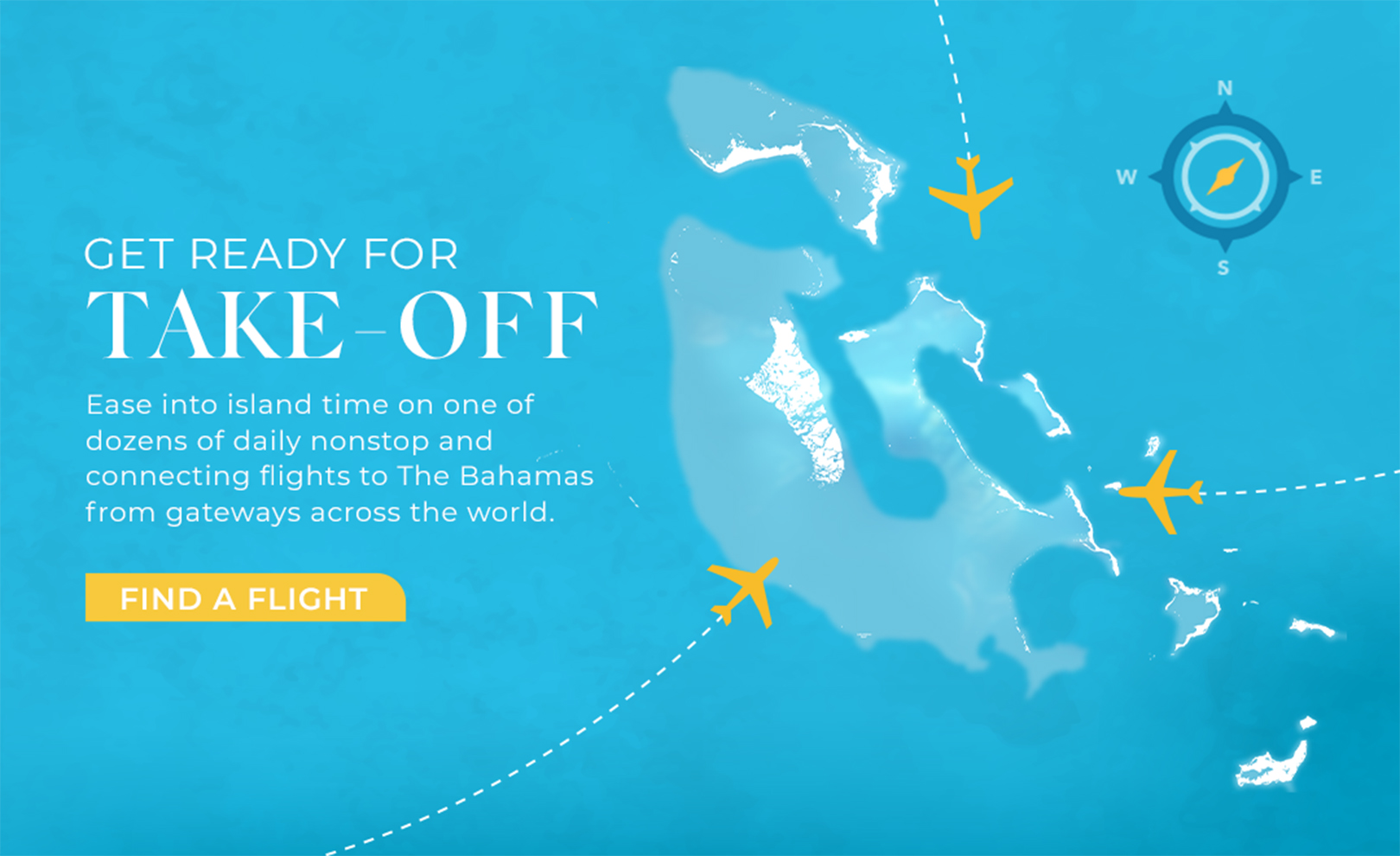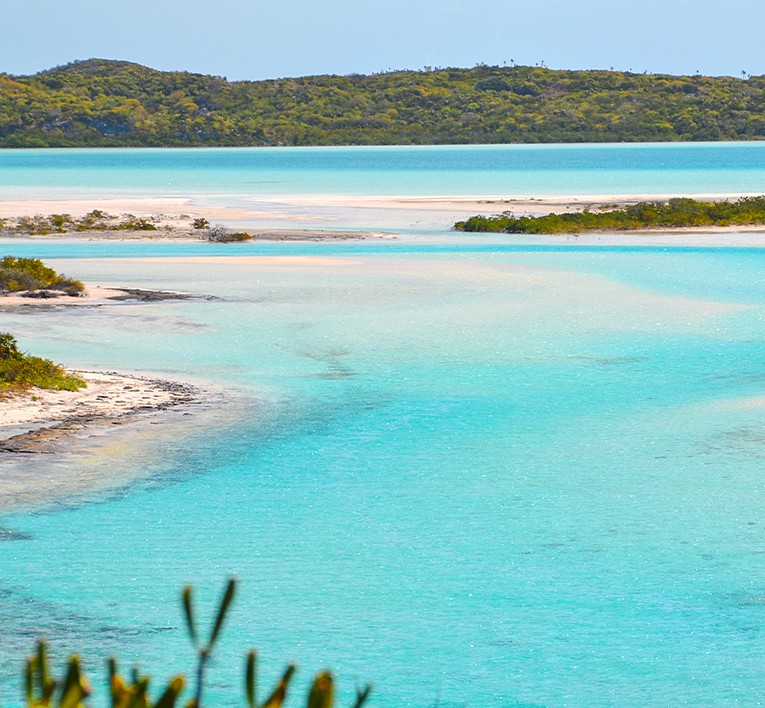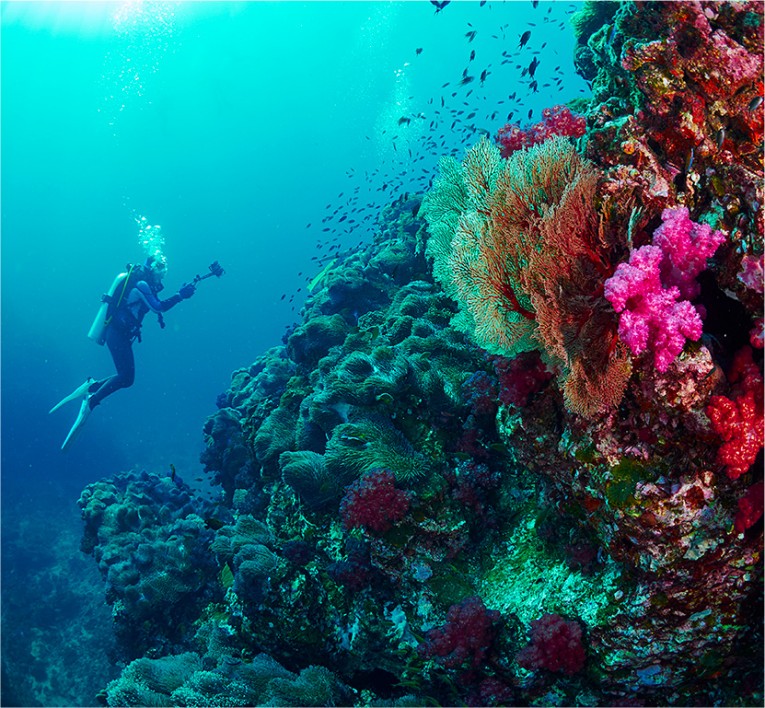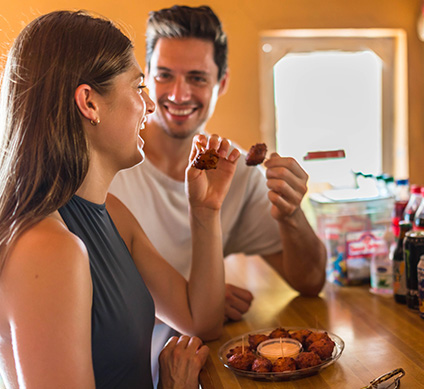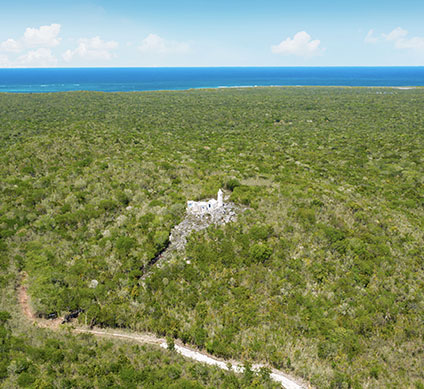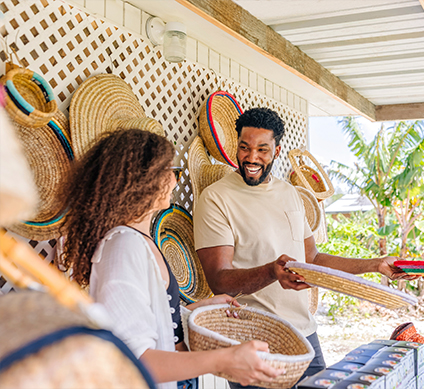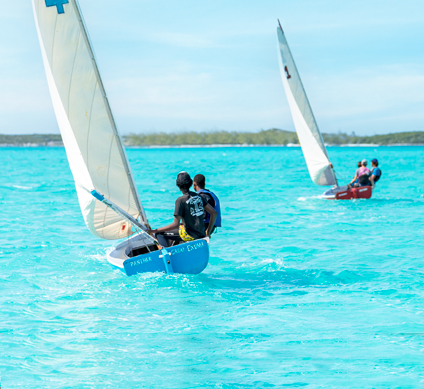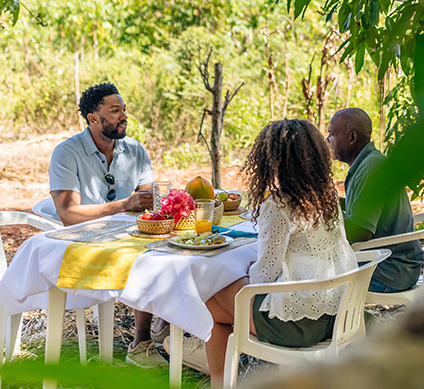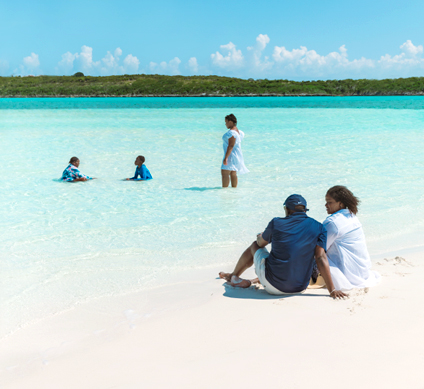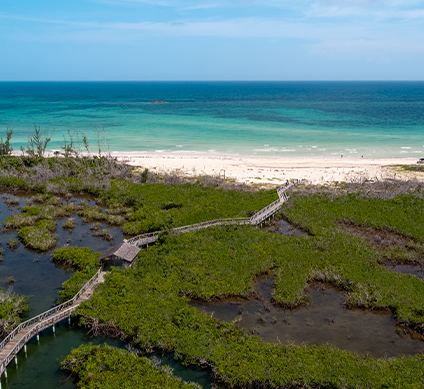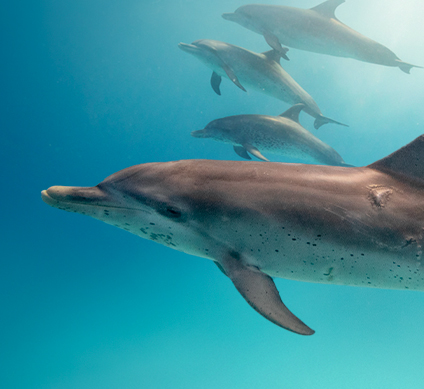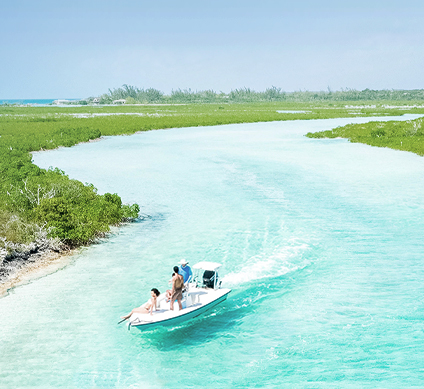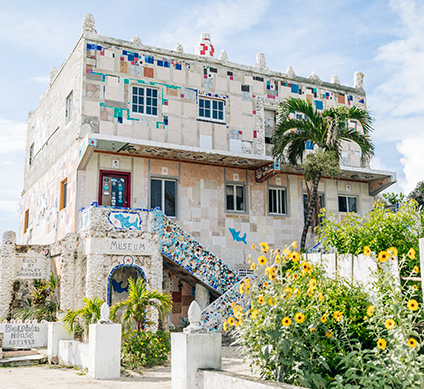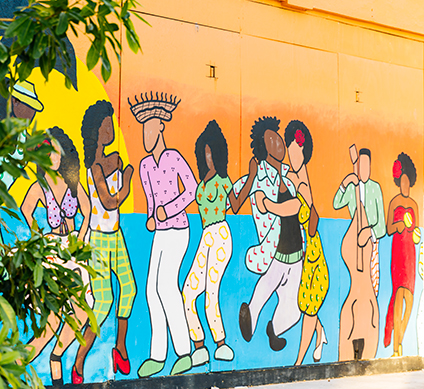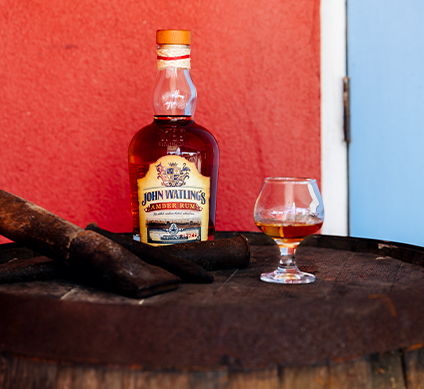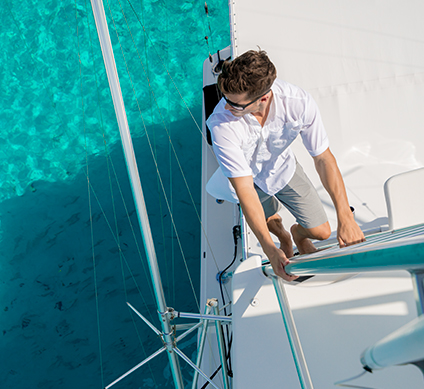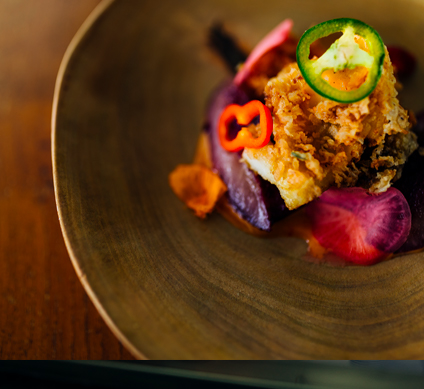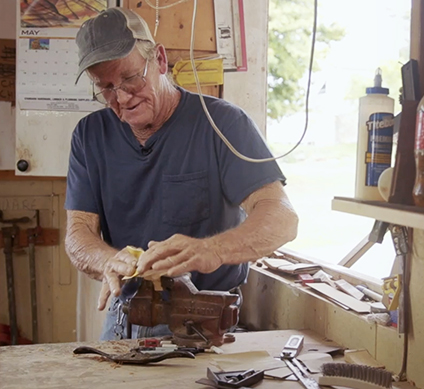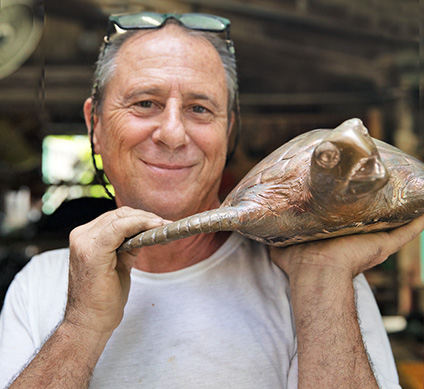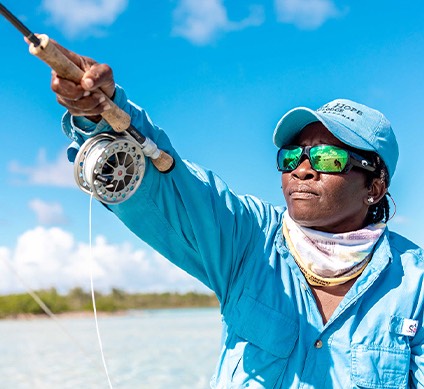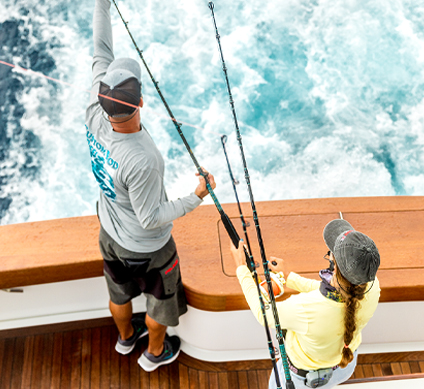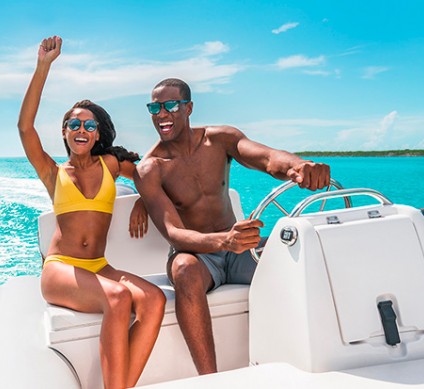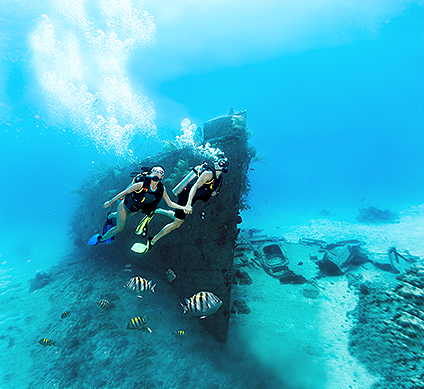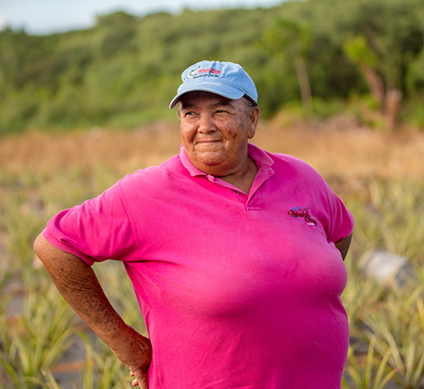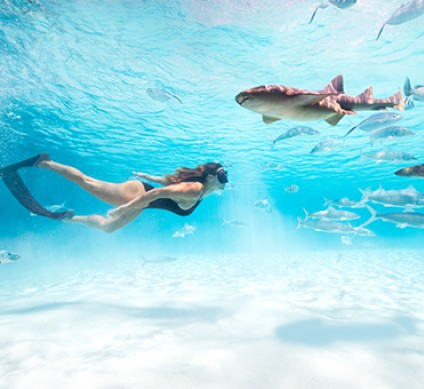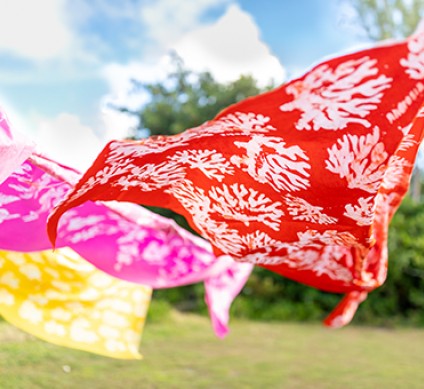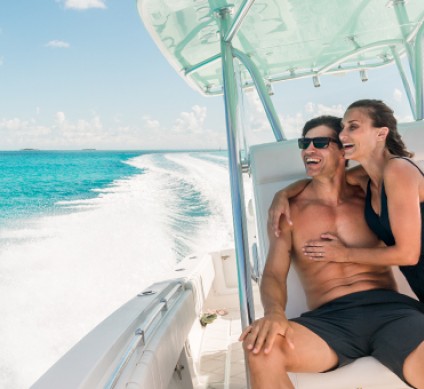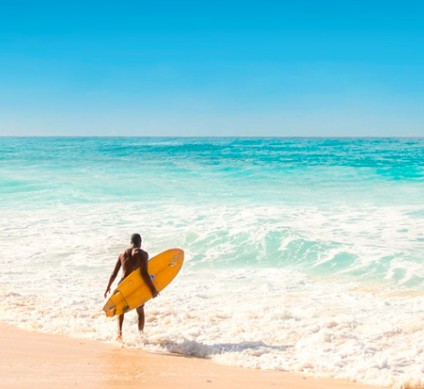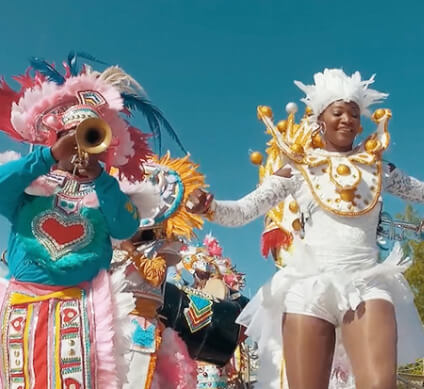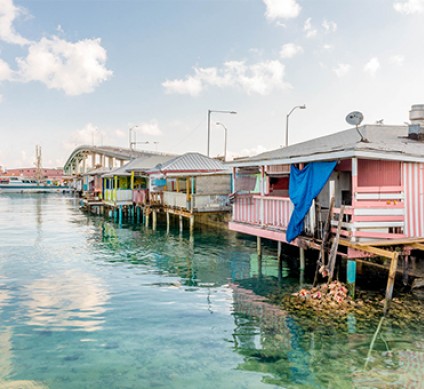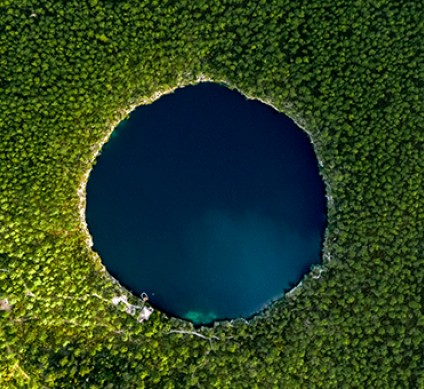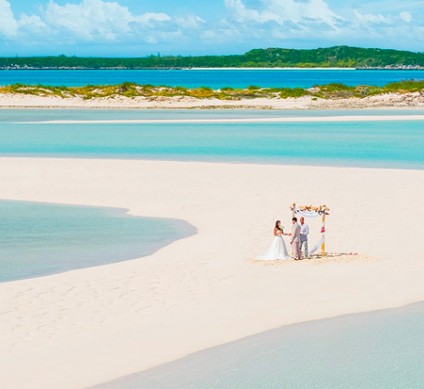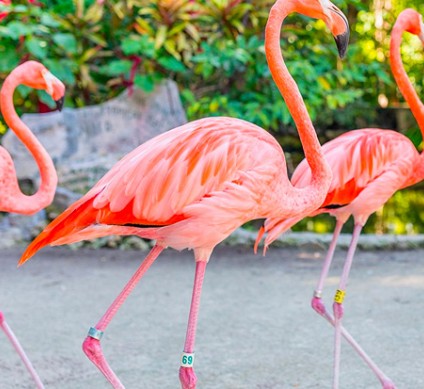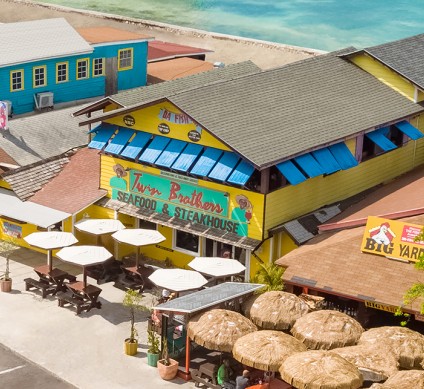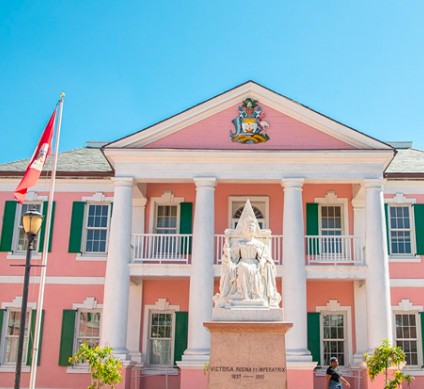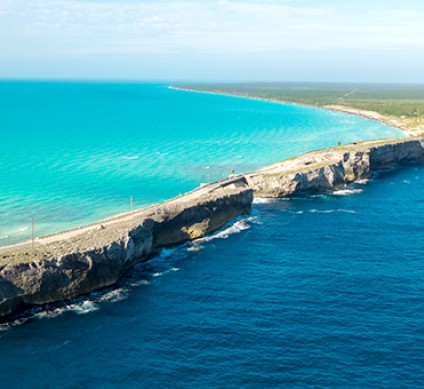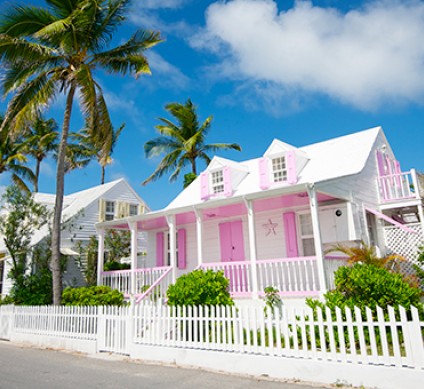



Beaches, Blue Holes &Breathtaking Cliffs
Brilliant coral reefs, pristine flats and serene beaches make Long Island a haven for fishing, diving, and boating. Boasting world-class bonefishing and thrilling encounters with sea life, this tranquil island offers a few inland surprises, including Dean’s Blue Hole, the third deepest blue hole in the world, and St. Mary's Roman Catholic Church, the oldest church in the country.
Get Travel Ideas
Island Resorts & Retreats Where to Stay
From family-owned and -operated villas to boutique beachfront inns, lodging on Long Island provides a peaceful respite between plentiful island adventures.
View AllFresh Island Flavours Drinks & Dining
Casual dining on Long Island highlights a Bahamas favourite: conch in all its forms. One of the local specialties, mutton, is celebrated in the annual Mutton Fest.
View AllLong Island
Find Your Way


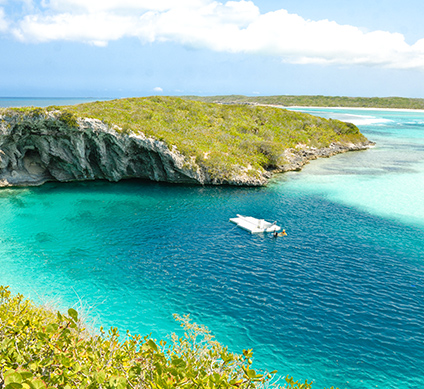
Clarence Town
The capital of Long Island is a quiet town, home to the iconic twin churches founded by Father Jerome Hawes. It is serviced by the nearby Deadman's Cay Airport.

Deadman’s Cay Airport
An official Port of Entry with Customs & Immigration, Deadman’s Cay Airport serves Clarence Town, Long Island’s capital.
Find Your Way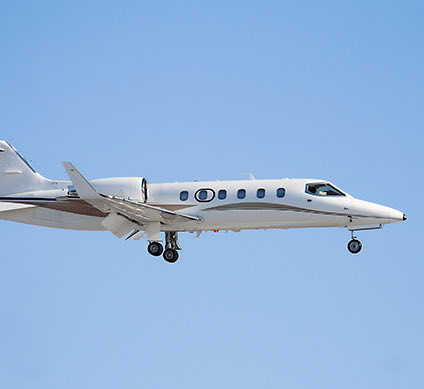
Stella Maris Airport
Serving the northern end of Long Island, the Stella Maris Airport connects to Deadman’s Cay Airport, on the same island, and Nassau. It is equipped to welcome international visitors with Customs and Immigration.
Find Your Way